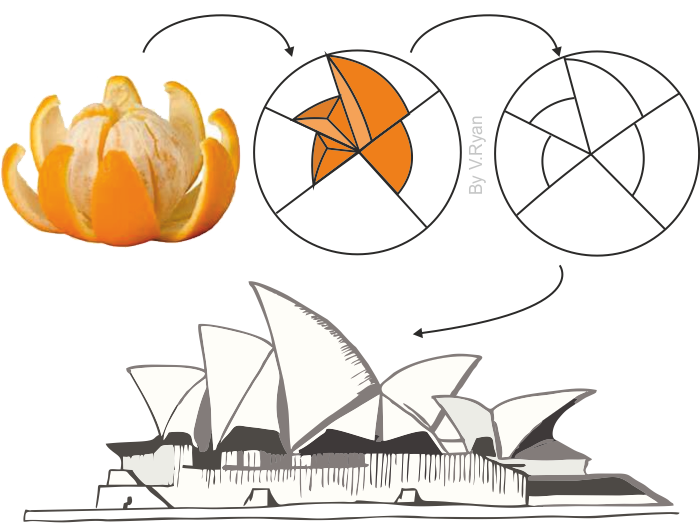The specifications are as below
Worked in the workshop with various hammers and equipment to get desired metal skin.
I am doing half of the orange shape by choosing part that have more curves.
Progress photos
The process starts by transforming the metal sheet into a bowl shape, following the circular nature of the object itself. After the basic shape is done, then I start placing the bowl onto the skeleton and just directly hammer it to mark certain places with curves going on to different directions. Clean the uneven surface by hammering the metal skin with dome metal shaping station and wooden hammer, to minimize dents and bumps. Cut the metal sheets according to the skeleton and hone it with the metal sharpening object. Use english wheel for finalizing the skin.
Final product



























